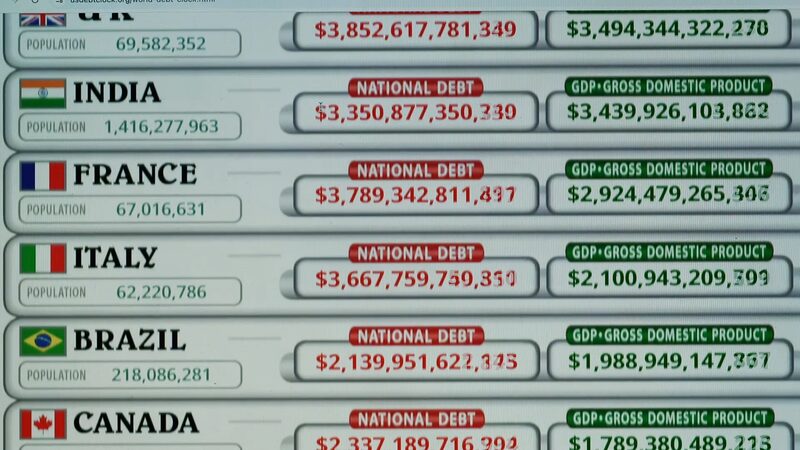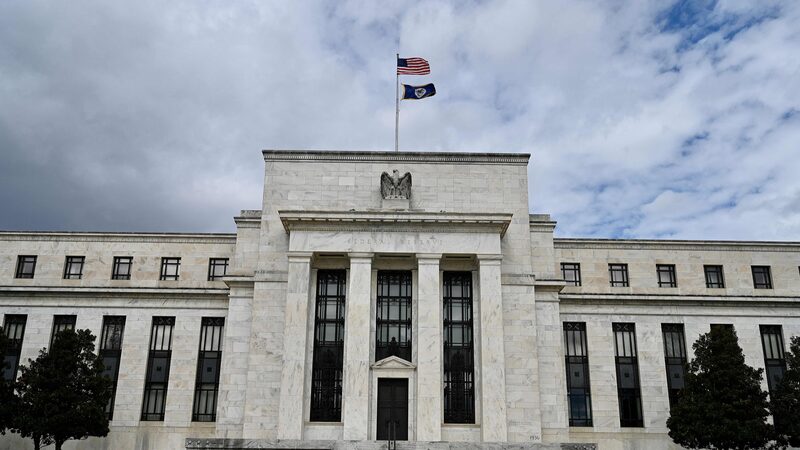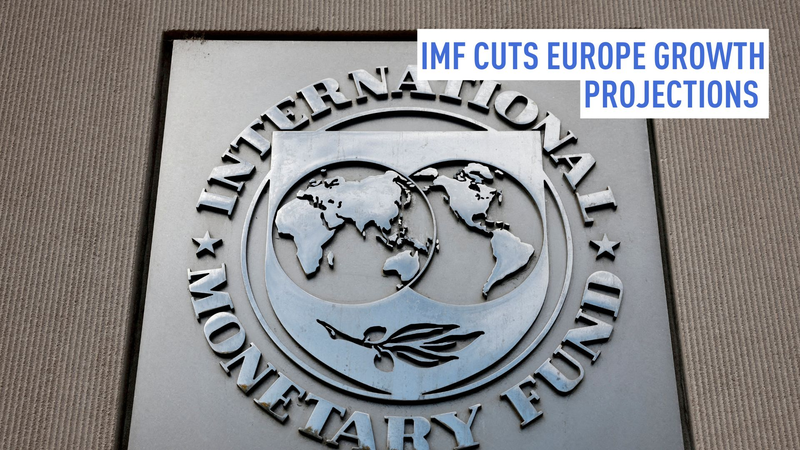The International Monetary Fund (IMF) issued a stark warning Wednesday that escalating tariffs and geopolitical tensions threaten to push global debt levels to historic heights, potentially disrupting economic recovery efforts worldwide. The caution comes as governments grapple with strained budgets and shifting trade policies amid slowing growth.
Unstable Fiscal Horizons
In its latest Fiscal Monitor report, the IMF projects global public debt could climb to 95% of GDP this year – nearing 100% by 2030 – as countries face dual pressures of weakening revenues and increased spending on defense and social programs. A worst-case scenario suggests debt could spike to 117% of GDP by 2027, surpassing post-pandemic levels and matching World War II-era burdens.
Tariff Domino Effect
Recent U.S. tariff measures and retaliatory actions by trading partners have amplified market volatility, with IMF analysts noting "rising yields in major economies and widening spreads in emerging markets." The report specifically highlights how protectionist policies could reduce fiscal flexibility, particularly for developing nations already facing reduced foreign aid and climbing borrowing costs.
Emerging Markets at Risk
Financial turbulence in advanced economies is creating ripple effects across Asia and other regions, where higher interest rates threaten to squeeze funding for critical infrastructure and social services. The IMF estimates that geo-economic uncertainty alone could inflate public debt by 4.5% of GDP in mid-term projections.
Path to Stabilization
Urging immediate fiscal reforms, the IMF emphasized prioritizing debt sustainability frameworks and social spending efficiency. "Prudent policies within robust fiscal frameworks can build public confidence," officials noted, while warning that delayed action could trigger prolonged austerity measures.
Reference(s):
cgtn.com








